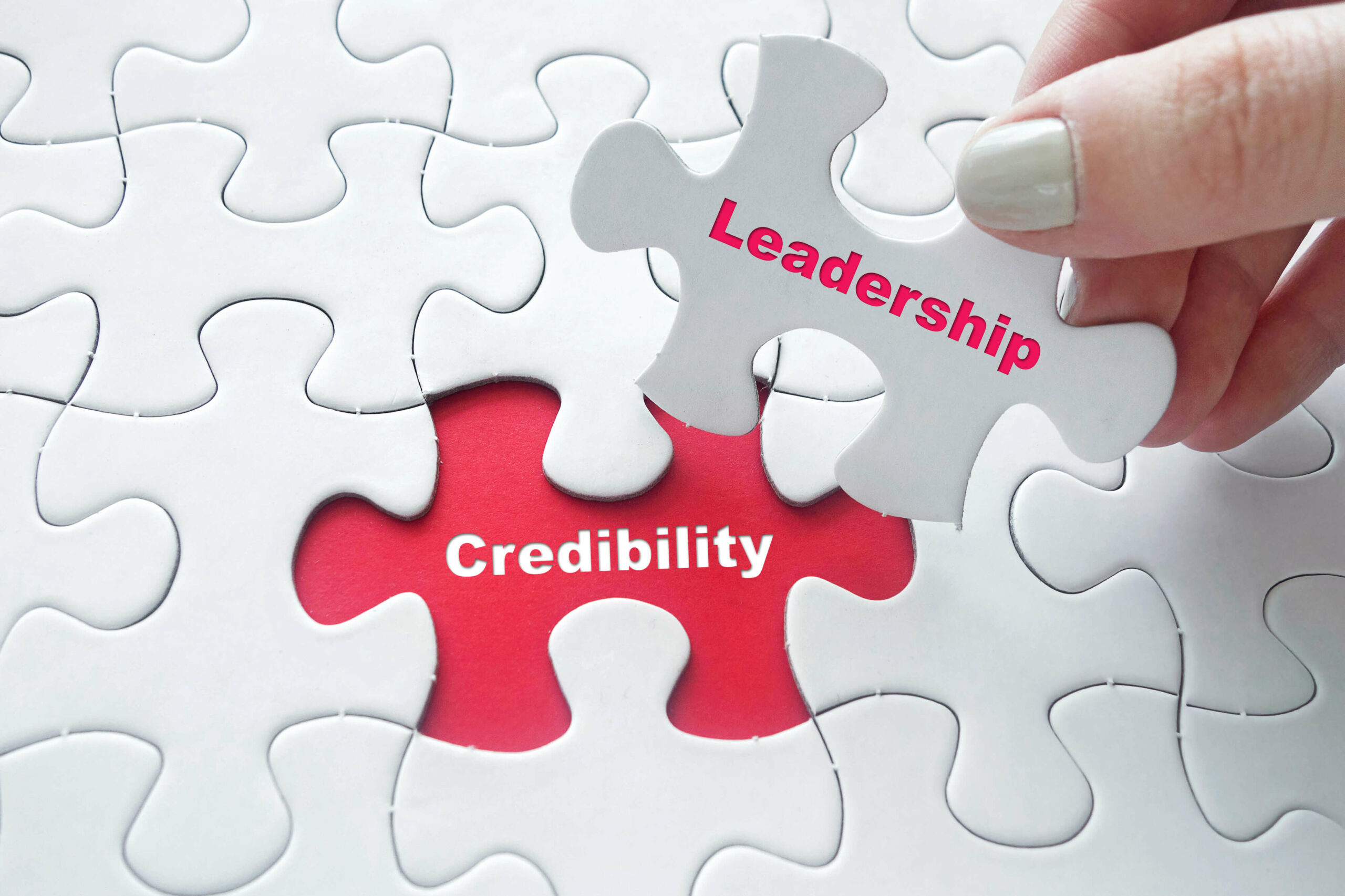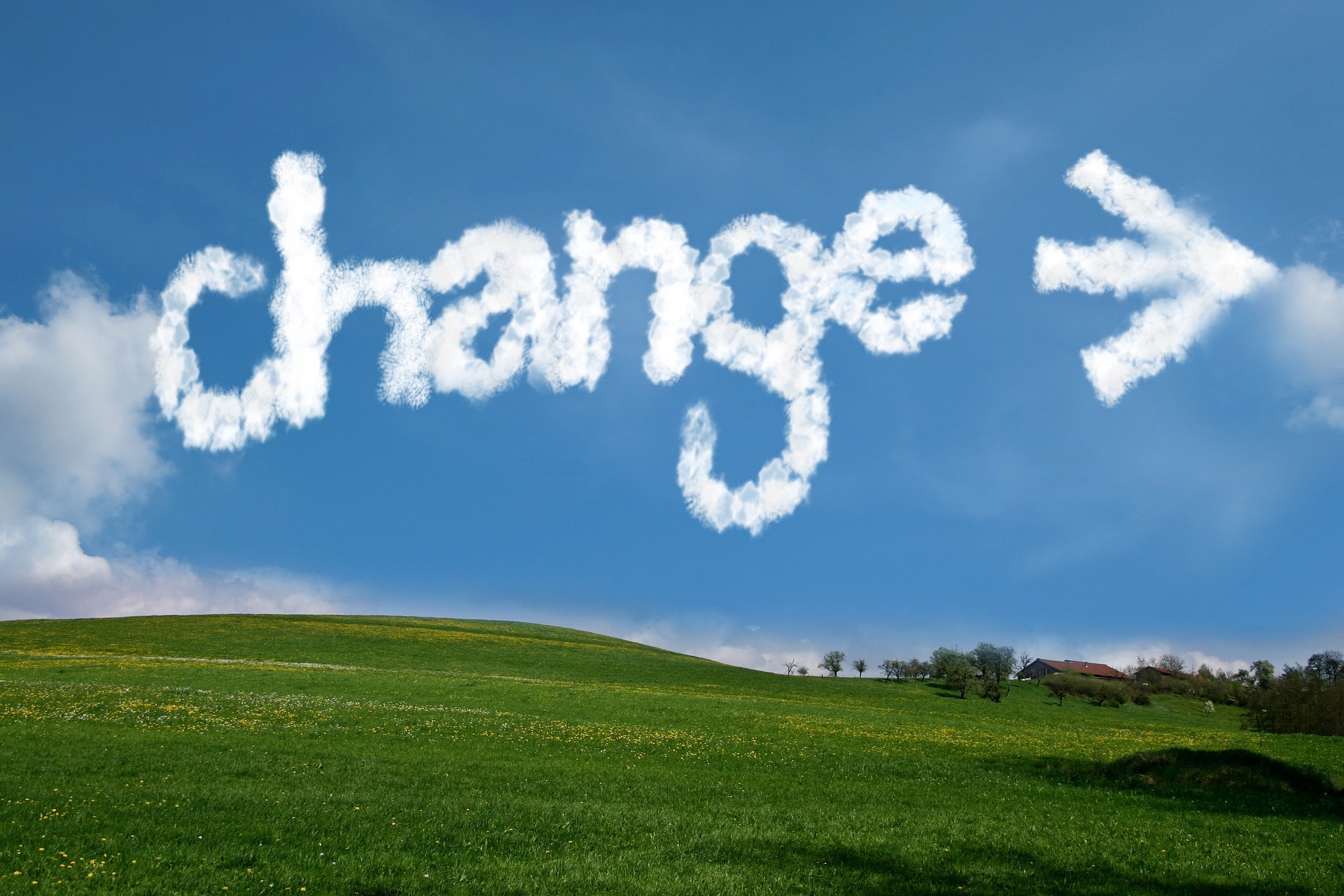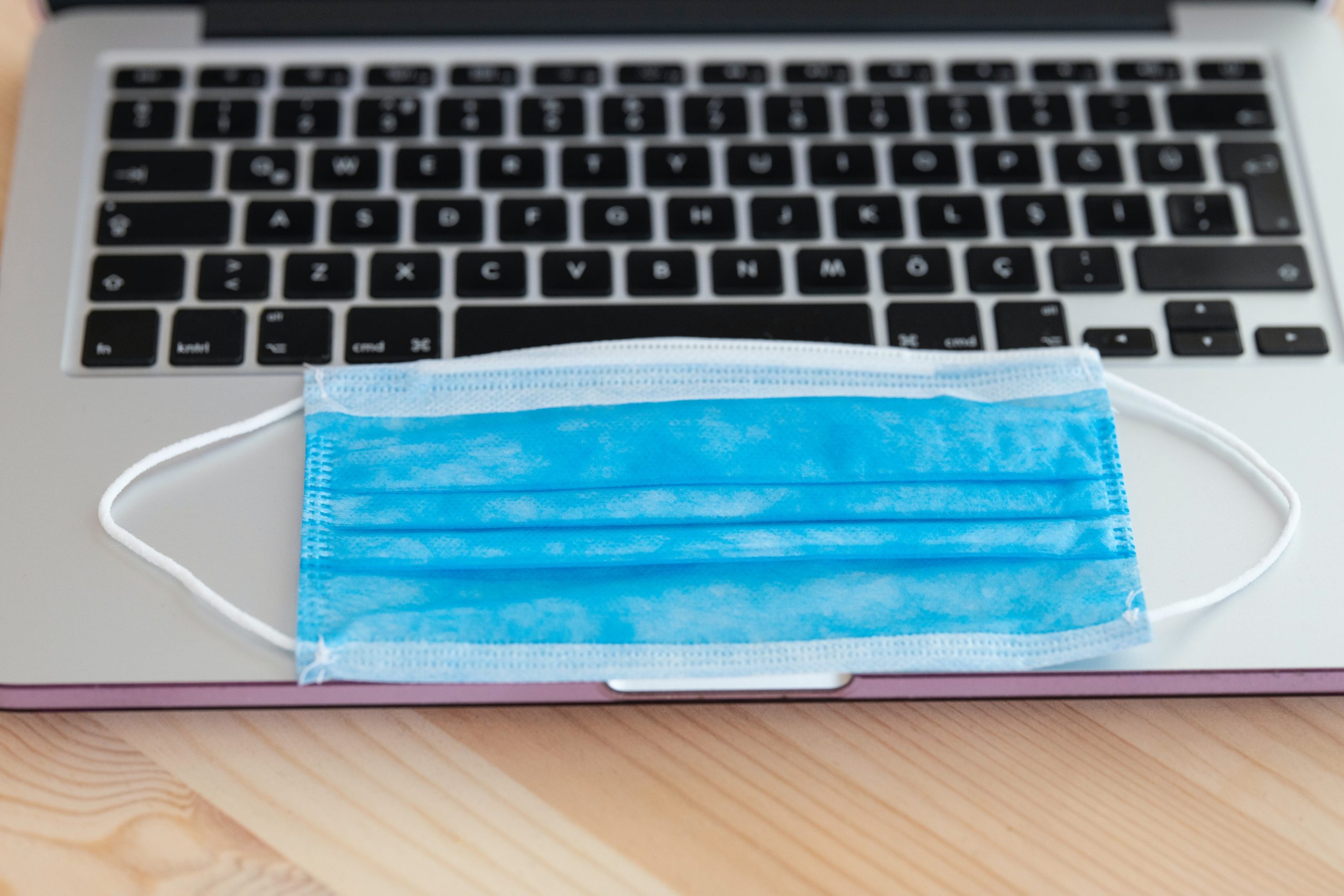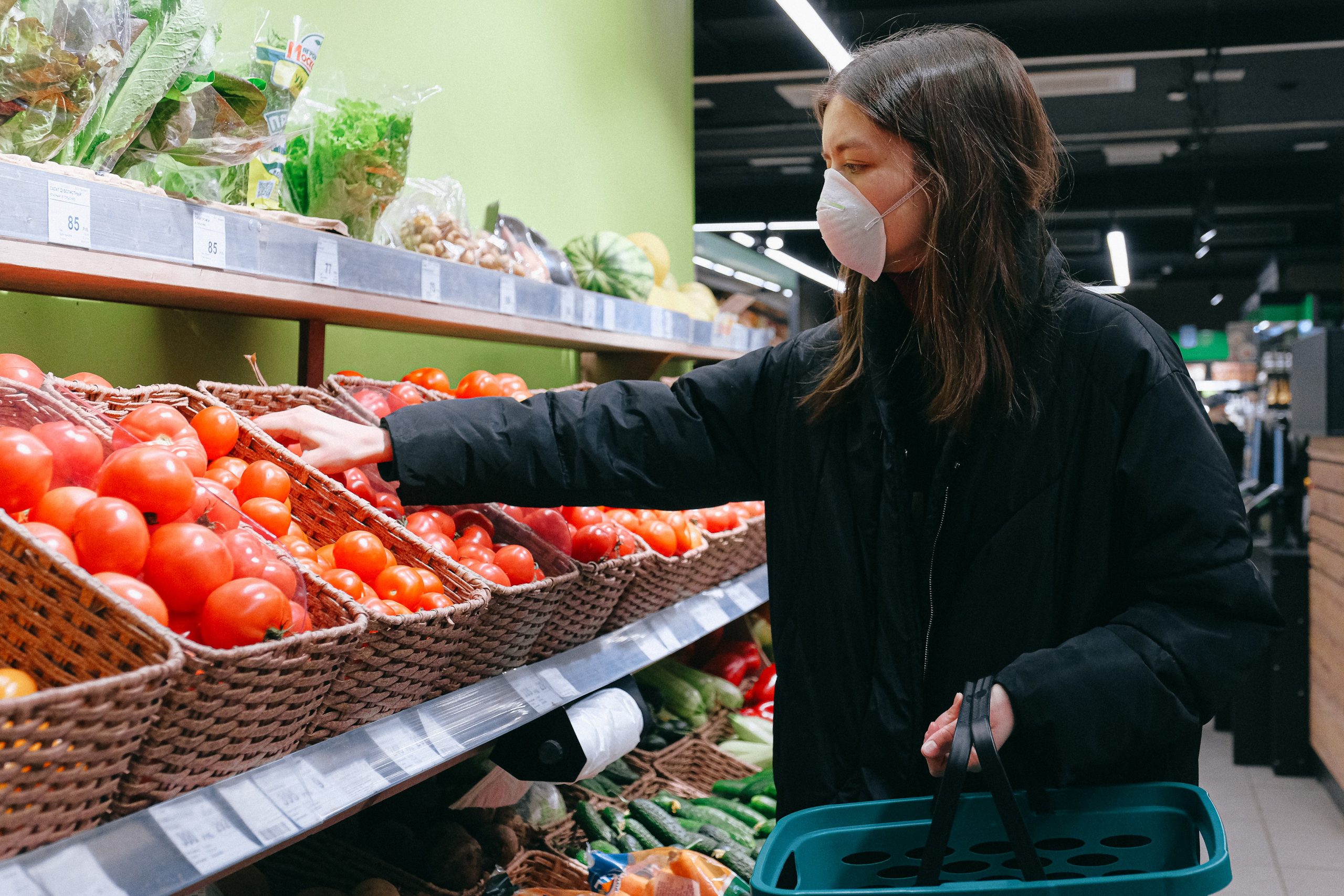A former PR agency boss once told me, “You don’t win by being right. You win by being credible.”
That’s been ringing in my ears since the White House COVID-19 credibility crisis shifted into high gear. Credibility is among the most valuable currencies of any leader. It’s tough to watch it squandered even on an ordinary day. But in the midst of a global pandemic that has triggered a host of additional worries, it’s downright scary. And while it makes us feel clever to parse the press secretary’s statements and tweet snark about the handling of the president’s illness, it clearly goes beyond a PR problem.
White House fails transparency test
The lack of transparency around the spread of the coronavirus at the top levels of our government has further tarnished the Trump White House, our CDC, and even the Walter Reed Medical Center, among others. A September poll by ABC-Ipsos showed that 68% of Americans don’t trust the president when it comes to updates about the pandemic. Some even doubt the diagnosis itself, suspicious that it could be a stunt. Videos of the president posted from Walter Reed were parsed for edits and timestamps with a zeal that would make QAnon followers blush. No one seems to believe anything anymore.
The news that the president and several members of his inner circle have contracted the virus resulted in “worst-practices” communications by the White House. The government clearly had no plan to deal with a COVID infection in their midst. It started with a leaked story about Hope Hicks’s positive test results, followed by several hours of suspense about the president’s health status. Then, like dominos falling, the bad news just kept coming.
Yet four days later, we still don’t have answers to crucial questions about how the president contracted COVID-19 and who else was exposed. The initial briefing about the president’s health was dodgy; Dr. Sean Conley, the president’s physician, seemed to cast doubt on the timeline of events released by the White House. He was notably evasive when asked about the president’s oxygen levels. To compound the problems, after Conley’s upbeat report, White House Chief of Staff Mark Meadows released a statement “on background” that indicated the president’s condition was far more serious than reported.
Contradictions undermine credibility
Granted, there’s a long history of obfuscation when it comes to the health of a U.S. president. But in this case, the clumsy handling of the situation reflects the flawed management of the broader COVID-19 national health crisis. The administration and members of Trump’s family and inner circle have openly flouted the guidance from his own CDC. They have politicized the simple safety measure of wearing a face covering while denying ambivalence about masks. The key message point adopted by the administration over the weekend – that we should “live our lives” and not fear the virus – comes in direct and stunning contradiction to national guidelines. It will do nothing to protect public health.
Could an administration known for a lack of credibility have done anything differently or better? Yes. A straightforward report on the president’s health status would have been a first step, followed by disclosure of others affected and news of real actions taken to manage the outbreak – remote work, masks, contract-tracing, and the rest. But that hasn’t happened.
COVID is reality, not a reality show
The crisis has done more than finish off the administration’s credibility. It could cost well-meaning behind-the-scenes staff and members of the press their health, or worse. It has done lasting damage to our institutions. And the worst of it is that the lies, half-truths and distortions will probably continue once the president is released from the hospital.
We’ll most likely start a new chapter of the COVID reality show with only our common sense and the free press to interpret what we see and hear. It’s not the way it should be, but it’s the price of an administration that has sacrificed all credibility in pursuit of political gain.




